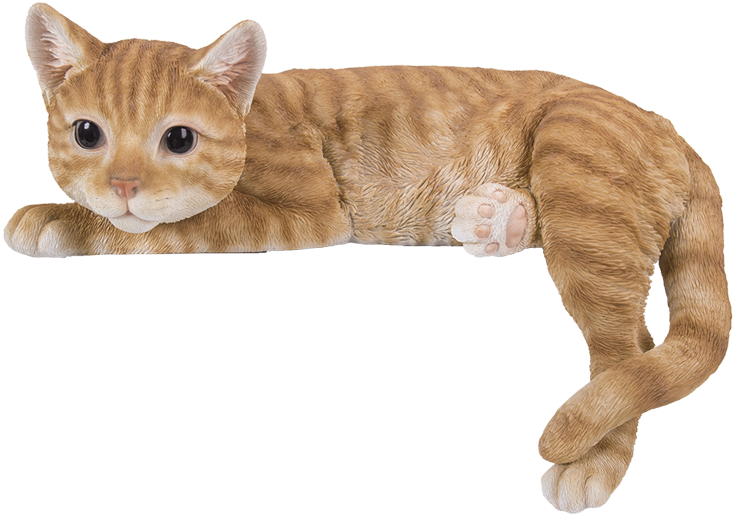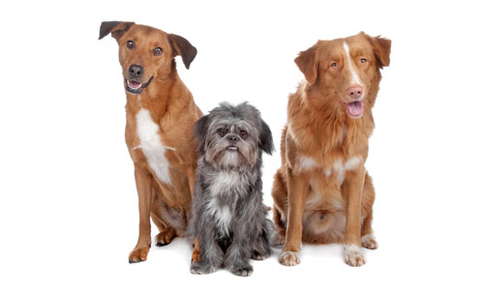
Why should I spay my dog or cat?
There are numerous advantages to having your dog or cat spayed. Firstly, spaying eliminates the inconveniences associated with a dog in heat, as without spaying, female pets will experience bleeding and attract unneutered males to your residence. Additionally, veterinarians in Kitchener highlight that spaying reduces, the risk of diseases such as breast cancer and pyometra, a potentially fatal uterine infection commonly affecting unspayed females
%
Pyrometra cases
What is Pyrometra?
Pyometra is a condition characterized by an infected and pus-filled uterus. Toxins and bacteria permeate through the uterine walls, entering the bloodstream and triggering severe toxic effects. Eventually, the uterus deteriorates, discharging significant quantities of pus and deceased tissue into the abdominal cavity. Untreated, this condition inevitably leads to death.
When should you get your cat or dog spayed?
Dogs
It is advised to spay puppies or dogs ideally before their first heat cycle. Spaying before the initial heat cycle significantly reduces the risk of developing breast cancer later in life. However, even adult dogs can benefit from spaying to avoid conditions like pyometra and other uterine diseases.
If your dog has already experienced her first heat, it’s recommended to wait 3-4 weeks before proceeding with spaying. For nursing mothers, it’s necessary to wean their offspring and cease lactation for six weeks prior to spaying.
Cats
We advise spaying kittens and cats at around five and a half months of age, ideally before their first heat cycle. While it’s possible to spay cats even when they are in heat, spaying prior to their initial heat cycle significantly reduces the risk of developing breast cancer later in life.
For nursing mothers, it’s essential to wean their offspring and stop lactating for two weeks before scheduling the spaying procedure. It’s important to note that cats can enter heat and become pregnant even while nursing.
Neuter
Why should I neuter my dog or cat?
Neutering your dog or cat offers several advantages. At our Spay and Neuter Clinic in Kitchener, we emphasize how these procedures help improve your pet’s overall behavior and well-being. In dogs, neutering helps decrease undesirable behaviors like roaming, while in cats, it eliminates issues such as indoor urine marking and wandering.
Additionally, veterinarians in Kitchener highlight that spay and neuter procedures reduce the risk of health problems such as prostatitis and certain tumors. Veterinary clinics in Kitchener emphasize that , it aligns with responsible ownership practices, addressing the significant issue of millions of unwanted dogs and cats ending up in shelters annually, where many stray animals face euthanasia.
When should you get your cat or dog neutered?
Fasting Instructions Prior to Surgery
No food after 10pm the night before surgery
Pre-surgical fasting aids in averting complications such as nausea, vomiting, and aspiration, where inhaling stomach contents can result in a severe lung infection.
No water after 7am the day of surgery
After 7am on the day of the surgery, refrain from providing fluids to your pet, as they will be connected to intravenous (IV) fluids. This precaution aims to minimize the likelihood of urine accidents occurring.
Drop-off times
We advise pet owners to drop off their pets between 8:30 and 9 a.m. This timeframe enables the doctors to adequately prepare them for surgery.




